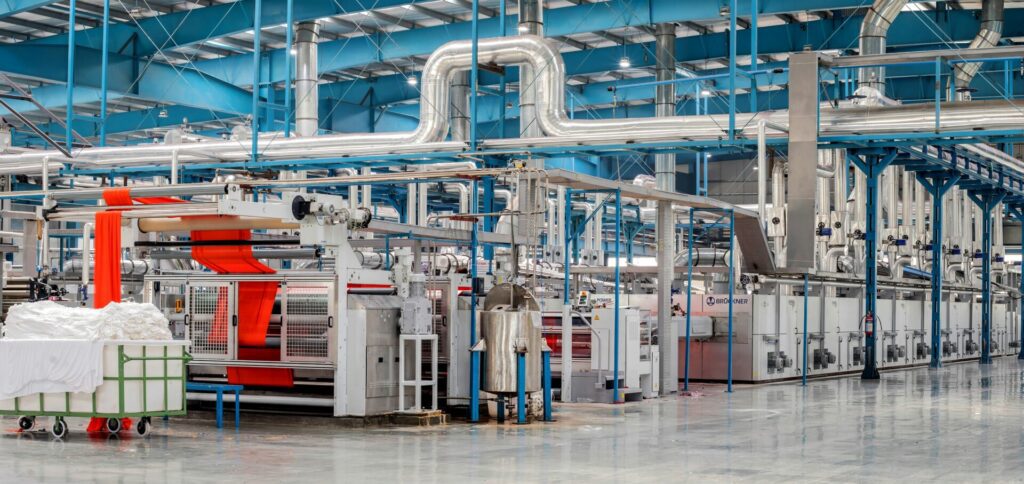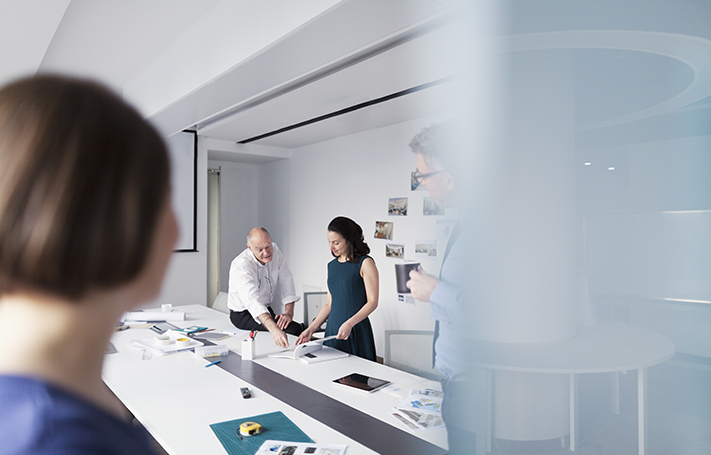Synthetic Biology: market drivers, challenges and R&D oppo...
Synthetic biology (or SynBio) is an exciting intersection of biology and engineering, which promi...

Full expensing is a first-year allowance that allows businesses to reduce their tax liability and free up their cash flow by providing a100% deduction of in respect of qualifying expenditure incurred towards new plant and machinery.
It’s a type of capital allowance, which is a form of tax relief for UK businesses, allowing them to deduct some or all of an item’s cost from their taxable profits. Different types of tax allowances include plant and machinery allowances (PMA), structures and buildings allowances (SBA) and research and development allowances (RDA)).
Full expensing follows super deduction (which ended on 1 April 2023) and was originally set to last from April 2023 to March 2026, but it has now been made permanent as part of a drive to simplify and improve capital allowances for business in the UK.
Before full expensing, businesses would have received tax relief over several years through writing down allowances (WDAs) where qualifying expenditure incurred was in excess of the annual investment allowance of £1m, but they can now write off the cost of their investments all at once, in the year of the expenditure with no upper limit. In this article we answer frequently asked questions around full expensing to help organisations make the most of this valuable capital allowances scheme.
From the 1 April 2023, any company that is subject to UK Corporation Tax (CT) can receive a 100% first-year allowance for qualifying ‘main rate pool’ plant and machinery expenditure. For main rate expenditure, the plant and machinery must be new and unused, and the item can’t be either a gift or leased to someone else (although you’d still be able to claim AIA if this was the case). It can be any commercial vehicle except for cars.
Along with the 100% first-year allowance for main rate expenditure, there is also a 50% first-year allowance for ‘special rate pool’ expenditure and long-life assets. Examples of special rate expenditure include integral features such as air conditioning, lifts, escalators, and lighting systems. It can also include thermal insulation in existing buildings, solar panels, and assets with a useful life of over 25 years.
Plant and machinery allowances (PMA) are a type of capital allowance that allows businesses to reduce their taxable profits. There is no statutory definition of plant or machinery in the current tax legislation, although machinery should be fairly self-explanatory. This meaning of the words is driven by a number of conditions establish following years of case law on the matter. Broadly speaking though, plant would typically exclude land, structures, and buildings.
Full expensing can be claimed on plant and machinery assets. Examples include:
As noted above, it’s important to remember that neither ‘plant’ nor ‘machinery’ is specifically defined in capital allowance legislation, so while obvious assets like desks and chairs in an office may be easy to identify, this is not the case for all assets that are eligible for full expensing.
If a company has sold an asset, they must repay some of that relief by adding a portion of the sale price back to their taxable income – this is known as a “balancing charge”.
With full expensing, a company must add the entire sale price back to their taxable income.
With the 50% first-year allowance, a company must add 50% of the sale price to their taxable income.
Full expensing was first introduced as a way of incentivising businesses to invest in new machinery and equipment in the hope that this would stimulate economic growth and modernisation. When it was announced, it was expected to boost business investment by 3.5%.
As with super deduction, full expensing has been considered a success by the government, which believes the measure will boost business investment by £14 billion. The generosity and simplicity of the scheme has also been broadly welcomed by many businesses.
Companies can now commit to long-term projects requiring significant capital investment over a number of years in the knowledge that they will be able to claim back up to 25 pence from every pound invested in qualifying plant and machinery purchases.
This tax saving means businesses will have more ready capital to invest in new equipment and machines, invest in other areas such as research and development, or hire new staff to help their business (and subsequently the UK economy) prosper and grow.
The annual investment allowance (AIA) is also a first-year allowance that gives 100% relief for plant and machinery investments, but there is a limit of up to £1 million (full expensing has no such limit).
Full expensing is only available for incorporated businesses, whereas most partnerships and unincorporated businesses (such as sole traders) can use the AIA.
While investments in second-hand assets or items bought for leasing aren’t eligible for full expensing, you can claim for these through the AIA.
We’re here to help you to reduce your organisation’s tax burden.
Our team of capital allowances specialists have industry experience from a range of backgrounds, including construction, engineering, manufacturing, tax, surveying, and other technical and scientific fields. As such, they can quickly understand the intricate details and identify where assets are eligible for claiming relief. Their expertise is especially valuable for complex cases, such as for large industrial plants and construction projects, as they can look beyond obvious assets and help identify all qualifying expenses during the review process. This can lead to significant savings.
Get in touch today to find out how we can maximise your capital allowance claim.
You can also sign up for our webinar: The permanent full expensing regime for capital allowances.
If you enjoyed this article, you may also like:
Explore our latest insights

Synthetic biology (or SynBio) is an exciting intersection of biology and engineering, which promi...

Even in the best of circumstances, we know that it can be challenging to balance a successful car...

Small and Medium-sized enterprises (SMEs)are the lifeblood of innovation in the UK. We’ve dived i...

To help businesses understand if their work qualifies for R&D Tax Relief and to make sure tha...